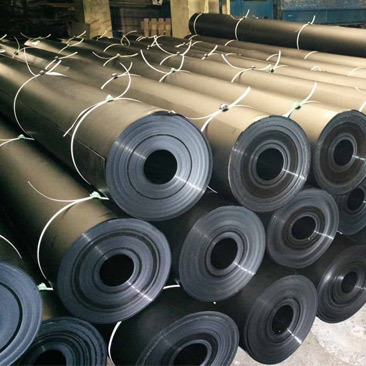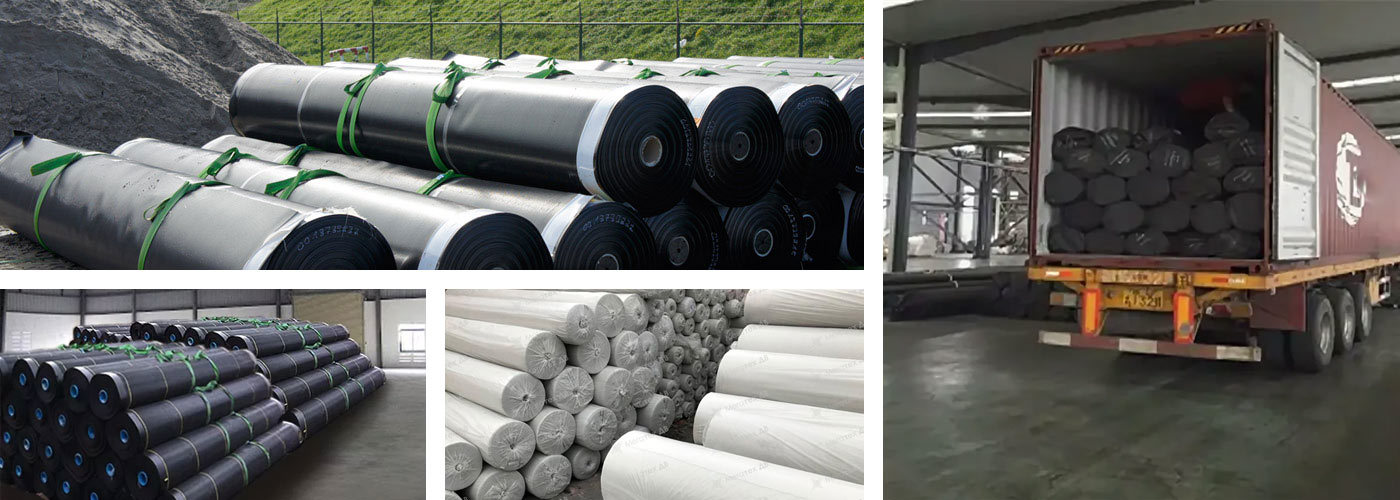Understanding Geomembranes: Essential Insights for Construction and Landscaping
Release time:
2025-10-11
Geomembranes are critical components in modern construction and landscaping, serving various essential functions. These synthetic membranes are primarily used to control fluid or gas movement in a range of applications, making them indispensable in projects involving soil and water management. Understanding the properties and uses of geomembranes can significantly enhance the outcome of constructi
Geomembranes are critical components in modern construction and landscaping, serving various essential functions. These synthetic membranes are primarily used to control fluid or gas movement in a range of applications, making them indispensable in projects involving soil and water management. Understanding the properties and uses of geomembranes can significantly enhance the outcome of construction projects, particularly in the arena of earthworks and environmental protection.
One of the primary functions of geomembranes is to act as barriers. They are employed in landfills to contain waste and prevent leachate from contaminating the surrounding soil and groundwater. Similarly, in construction projects, they are used to create impermeable layers, preventing water infiltration into foundations or other critical structures. This property makes geomembranes incredibly valuable in areas prone to flooding or where groundwater levels are high.
Another significant application of geomembranes is in the construction of artificial ponds, reservoirs, and other water containment systems. By effectively preventing water loss through evaporation or seepage, geomembranes help maintain the integrity of these systems, ensuring that they serve their intended purpose for extended periods. Moreover, they can also be used in landscaping projects to create water features that require effective management of water levels.
The installation of geomembranes is straightforward but requires expertise to ensure optimal performance. Proper installation techniques involve ensuring smooth surfaces and appropriate overlaps to prevent leaks. Additionally, the geomembrane should be adequately protected from potential damage during the construction process. This aspect is crucial, as any defects could compromise the effectiveness of the barrier.
Furthermore, geomembranes are available in various materials, including polyethylene, polypropylene, and PVC, each offering distinct advantages. The choice of material often depends on specific project requirements, such as chemical resistance, flexibility, and UV stability. Understanding these differences will guide project managers and contractors in selecting the most suitable geomembrane for their applications.
In summary, geomembranes play a vital role in the construction and landscaping industries, providing effective solutions for water management, environmental protection, and structural integrity. Their versatile applications and robust performance make them a key consideration in the planning and execution of various projects. Emphasizing the importance of proper installation and material selection can lead to more successful outcomes, ultimately benefiting both the environment and the longevity of the constructed features.
One of the primary functions of geomembranes is to act as barriers. They are employed in landfills to contain waste and prevent leachate from contaminating the surrounding soil and groundwater. Similarly, in construction projects, they are used to create impermeable layers, preventing water infiltration into foundations or other critical structures. This property makes geomembranes incredibly valuable in areas prone to flooding or where groundwater levels are high.
Another significant application of geomembranes is in the construction of artificial ponds, reservoirs, and other water containment systems. By effectively preventing water loss through evaporation or seepage, geomembranes help maintain the integrity of these systems, ensuring that they serve their intended purpose for extended periods. Moreover, they can also be used in landscaping projects to create water features that require effective management of water levels.
The installation of geomembranes is straightforward but requires expertise to ensure optimal performance. Proper installation techniques involve ensuring smooth surfaces and appropriate overlaps to prevent leaks. Additionally, the geomembrane should be adequately protected from potential damage during the construction process. This aspect is crucial, as any defects could compromise the effectiveness of the barrier.
Furthermore, geomembranes are available in various materials, including polyethylene, polypropylene, and PVC, each offering distinct advantages. The choice of material often depends on specific project requirements, such as chemical resistance, flexibility, and UV stability. Understanding these differences will guide project managers and contractors in selecting the most suitable geomembrane for their applications.
In summary, geomembranes play a vital role in the construction and landscaping industries, providing effective solutions for water management, environmental protection, and structural integrity. Their versatile applications and robust performance make them a key consideration in the planning and execution of various projects. Emphasizing the importance of proper installation and material selection can lead to more successful outcomes, ultimately benefiting both the environment and the longevity of the constructed features.






